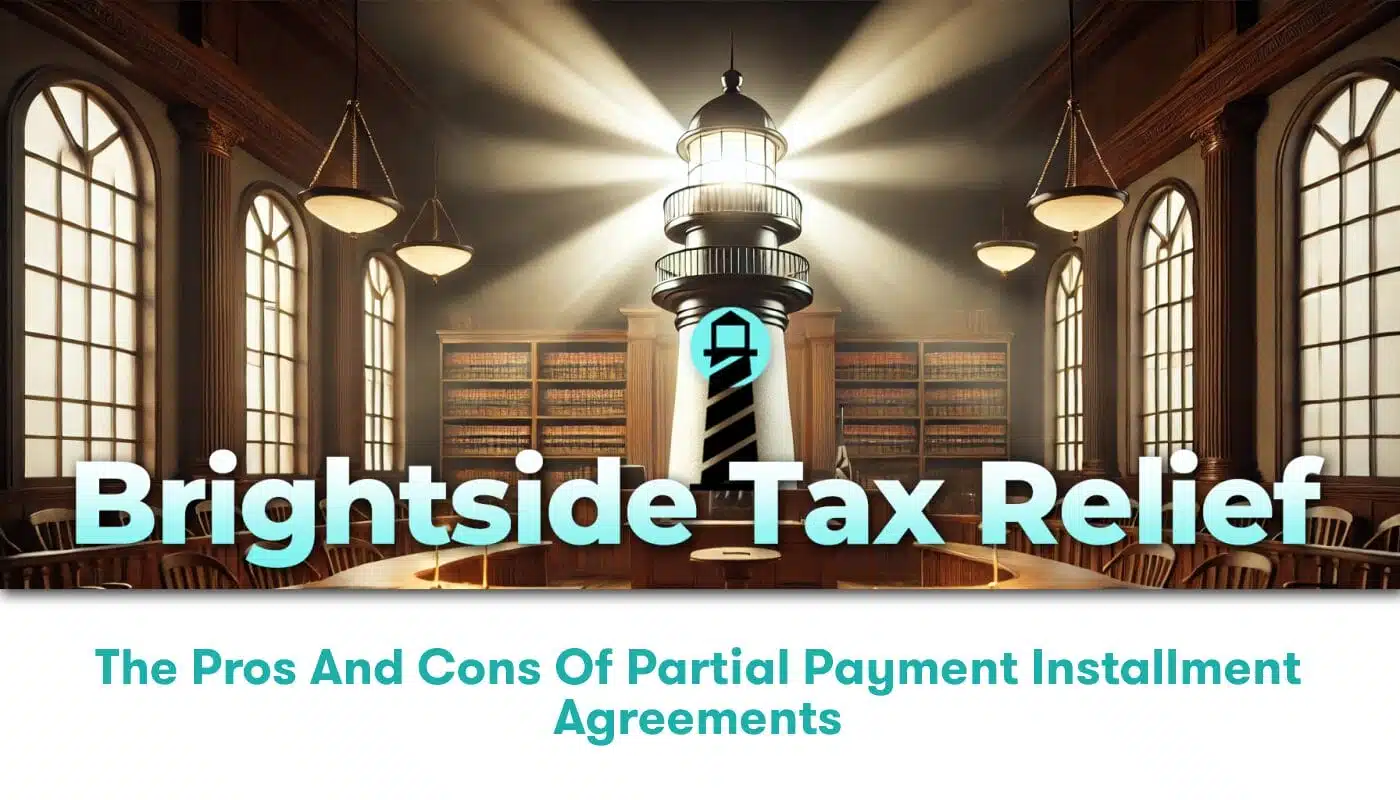Understanding Administrative Wage Garnishment
In the course of addressing issues related to tax debts, it’s crucial for taxpayers to be aware of certain enforcement tools utilized by the federal government. One of these tools, and perhaps the most impactful, is Administrative Wage Garnishment (AWG). Brightside Tax Relief, a nationwide tax relief company, understands the importance of keeping taxpayers informed.
Let’s delve into the world of Administrative Wage Garnishment.
What is Administrative Wage Garnishment?
Administrative Wage Garnishment is a legal process that allows government agencies like the Department of Education or the Internal Revenue Service (IRS) to order an employer to withhold a certain percentage of an individual’s wages to satisfy a delinquent tax debt or loan.
The federal agency can implement AWG without taking the case to court. The usual garnishment amount is about 15% of your disposable income. However, the IRS or other federal entities can garnish up to 70% under Extreme Financial Hardship.
How the AWG Process Begins
The AWG process starts with a notice from a government agency, primarily the Department of Education, the Internal Revenue Service, or others. The notice will provide details about the unpaid debt, including the means to repay. The notice aims to grant you, the taxpayer or borrower, an opportunity to negotiate a repayment agreement before the garnishment begins.
Key Steps in Administrative Wage Garnishment
Here are some key steps involved in the AWG process:
– Receipt of Notice about AWG: This is the first indication that an agency plans to garnish your wages. The notice should come at least 30 days before the garnishment begins.
– Response to Notice: You have several alternatives upon receiving the notice. These include paying the debt in full, requesting a review of the debt, or negotiating a repayment agreement.
– Wage Garnishment: This is the last step if no agreement is reached or if you remain non-compliant. Your employer will receive a legal order to deduct a certain amount from your disposable pay to cover the tax debt.
How to Avoid AWG
There are several viable solutions to avoid finding yourself in the unenviable position of having your wages garnished for tax debts:
– Negotiate a Repayment Plan: This is the simplest solution, where you can potentially agree with the agency on a new repayment plan.
– Challenge the AWG: You can challenge the AWG with a hearing. You must provide solid proof to challenge the garnishment decision.
– Hire a Tax Relief Company: Companies like Brightside Tax Relief can help you in negotiating with the IRS or the Department of Education. These experts can provide advice on improving your financial situation and avoiding AWG.
Dealing with AWG: An Important Role for Brightside Tax Relief
Brightside Tax Relief is dedicated to guiding clients through complex tax situations, including potential wage garnishment scenarios. Our team of professionals uses industry-leading expertise to advocate for taxpayers, working tirelessly to resolve tax disputes and achieve favorable outcomes.
As a nationwide tax relief company boasting a wealth of experience, we can assess your case, determine the best course of action to take, and stand by your side during negotiations with the tax authorities.
Conclusion: Stay Informed, Be Proactive
When it comes to Administrative Wage Garnishment, being aware and proactive is paramount. Being knowledgeable about the process, your rights as a taxpayer, and potential solutions should the need arise can help you avoid or deal with wage garnishment.
Empower yourself with information from trusted sources like the IRS—an example is this comprehensive guide about wage garnishment provided by the IRS (click here to read). And remember, professional help like Brightside Tax Relief is always available to guide you through these potentially complex situations.






